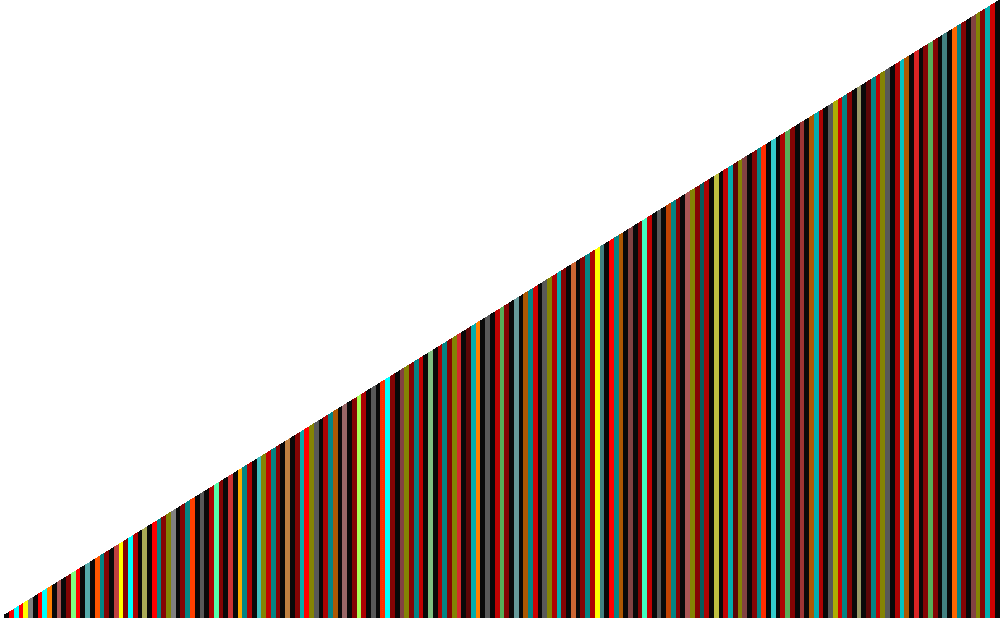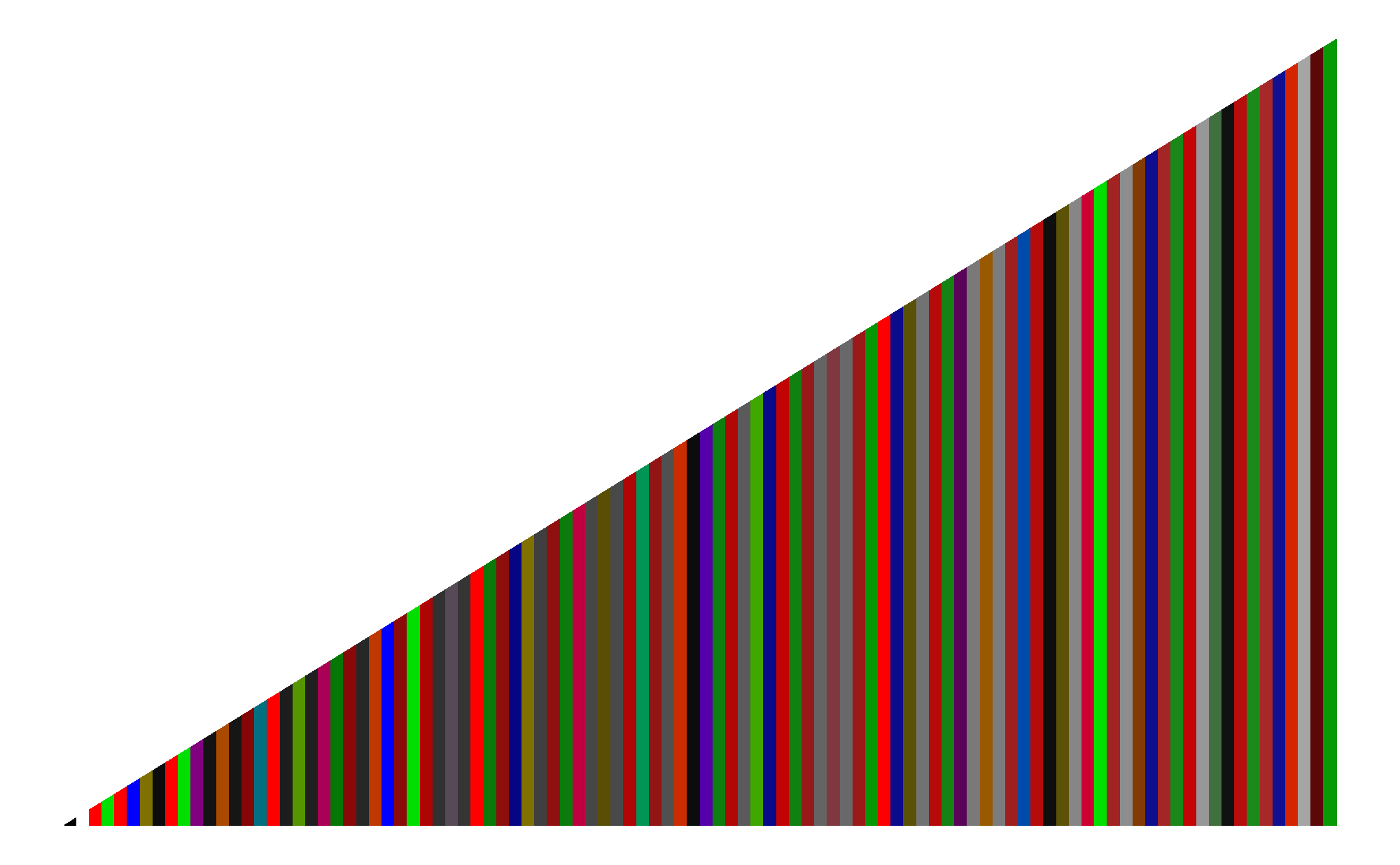



This piece was part of the Bridges 2024 Exhibition of Mathematical Art, Craft, and Design.
Prime numbers -- like 2, 3, 5, 7, 11, etc. -- are numbers that cannot be further divided into other whole numbers.
Prime numbers can be used as the building blocks of all other whole numbers. The blueprint for building a number from prime numbers is called a "prime factorization".
The prime factorization of a number, n, tells you which prime numbers, and how many of each of them, need to be multiplied to create a value equal to n.
‣ 10 = 2 * 5. 2 and 5 are both prime numbers, so the prime factorization of 10 is 2 * 5.
‣ 12 = 2 * 6. 2 is a prime number. 6 is not a prime number, so decompose further into 6 = 2 * 3. 2 and 3 are both prime numbers, so the prime factorization of 12 is 2 * 2 * 3.
Now that we see the blueprints for building the numbers 10 and 12... which of those numbers is more "two-y"?
‣ 10 is built of one 5 and one 2. You could say that 10 is 50% made of 5 and 50% made of 2.
‣ 12 is built of one 3 and two 2's. You could say that 12 is 33% made of 3's and 66% made of 2's.
So I think that 12 is two-y-er than 10.
The visualization above shows the numbers from 0 to 100 as bars whose heights represent the numbers' values (i.e., 50 is half as tall as 100).
Each prime number has been assigned its own color: 2 is red, 3 is green, 5 is blue, and the remaining prime numbers less than 100 are each their own shade of gray.
Each non-prime number gets colored by blending the colors of the prime numbers in its prime factorization.
For example, 10 = 2 * 5 is a blend of one part 2 (red) and one part 5 (blue), which gives bar number 10 a purple-y color.
As we saw above, 12 = 2 * 2 * 3, so bar number 12 is colored as a blend of two parts 2 (red) and one part 3 (green). This combination gives a reddish brown.


